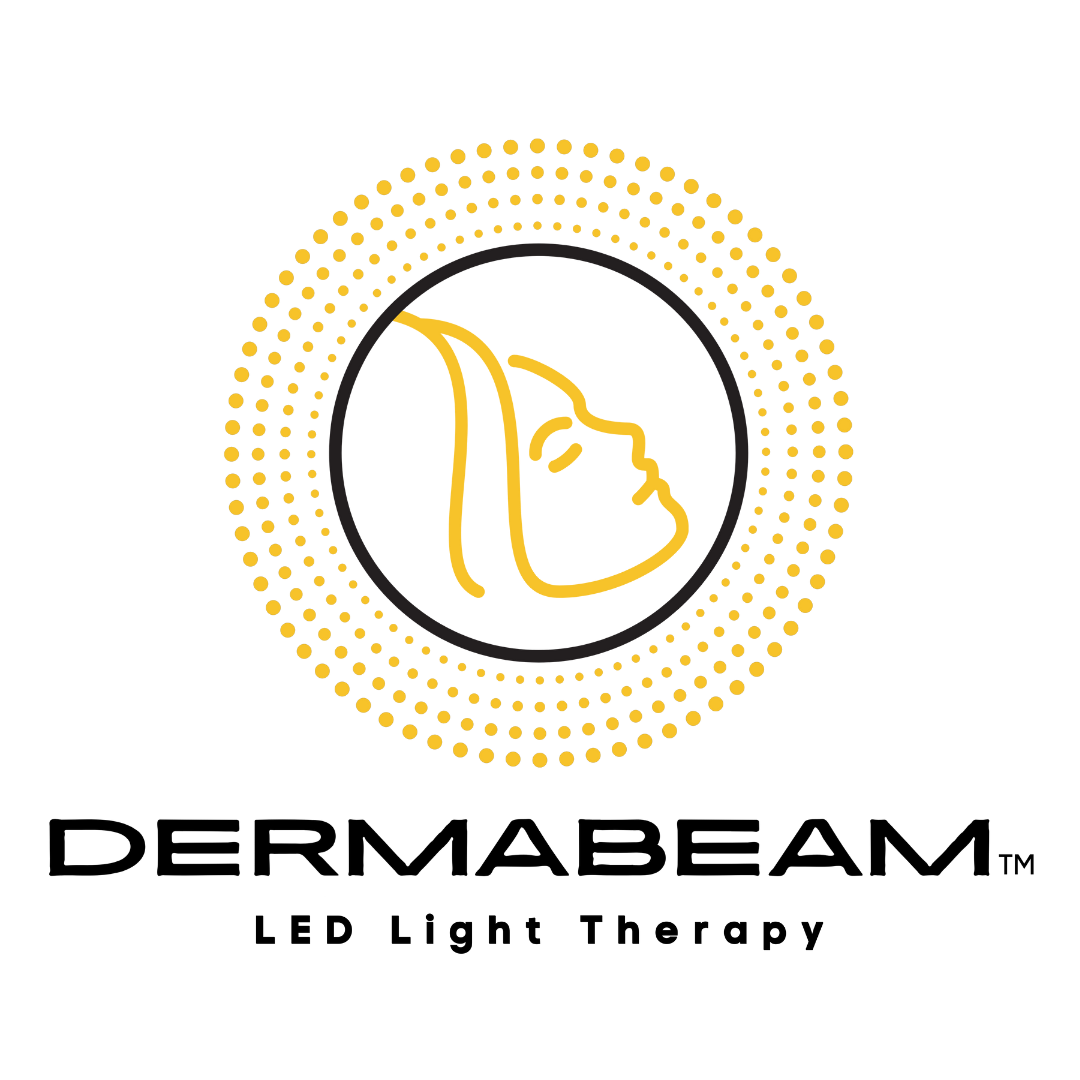Blue light therapy is a treatment that uses blue light to reduce rosacea symptoms. It can be used to treat mild to moderate rosacea. It can be done in a doctor’s office or at home with a device that emits blue light.
A study published in the Journal of the American Academy of Dermatology found that blue light therapy was effective in reducing the symptoms of rosacea, including redness, swelling, and inflammation.
Blue light therapy is considered safe, with no potential risks involved. If you are considering blue light therapy for rosacea, you can talk to a doctor for guidance. But most people prefer to try this therapy at home using light therapy devices.
What Is Blue Light Therapy?
Blue light therapy is a type of treatment that uses blue light to kill bacteria. It is also used to treat acne and other skin conditions. Blue light therapy is usually done in a doctor’s office or clinic, and can also be tried out at home using light therapy devices. Blue light therapy for rosacea is something that also many people recommend.
A machine is used to emit blue light, which is then absorbed by the skin. The blue light kills the bacteria that cause acne and other skin problems. It can also help to reduce inflammation and redness. Blue light therapy is usually done once or twice a week for several weeks. It is safe and there are no side effects.
Red Light Therapy For Rosacea
Red light therapy has powerful anti-inflammatory effects on the skin which is perfect for reducing rosacea symptoms. A 2020 study in the Journal of Medical Case Reports found that an in vitro study on rosacea-like mouse skin reported the efficacy of LED at 630 (red light) and 940 (infrared) nm on the down-regulation of key inflammatory mediators of rosacea, such as cathelicidin (LL-37), TLR2, and kallikreins (KLKs).
What Is Rosacea?
Rosacea is a common but often misunderstood condition that is estimated to affect over 16 million Americans. Rosacea typically begins as redness on the central face and can progress to include bumps and pimples, as well as thickening of the skin. While rosacea can occur in people of any age, it is most commonly seen in adults between the ages of 30 and 60.
Rosacea is more common in women than men, but men are more likely to develop more severe forms of the condition. There are different treatment options available that can help control the symptoms. If you think you might have rosacea, you can go see a dermatologist for an accurate diagnosis and to get started on appropriate treatment. Many specialists suggest red and blue light therapy for rosacea.
What Causes Rosacea?
The exact cause of rosacea is unknown, but it is thought to involve a combination of genetic and environmental factors. Rosacea is not caused by poor hygiene or an unhealthy lifestyle. There are several theories about what may contribute to the development of rosacea, including:
Demodex mites:
These tiny creatures live on the skin of everyone, but people with rosacea may have an overgrowth of them. Demodex mites may play a role in causing inflammation.
Bacteria:
Digestive problems like small intestinal bacterial overgrowth (SIBO) have been linked to rosacea. Helicobacter pylori, the bacteria that causes stomach ulcers, has also been implicated in the development of rosacea.
Vascular abnormalities:
People with rosacea tend to have abnormal blood vessels in their skin. It’s thought that these vessels are more prone to inflammation and dilate too easily, leading to the redness and flushing seen in rosacea.
Certain triggers:
There are a number of things that can trigger or worsen the symptoms of rosacea, including sun exposure, hot weather, cold weather, wind, strenuous exercise, alcohol, spicy foods, and hot beverages. Identifying and avoiding your triggers can help control your rosacea.
What Are The Symptoms Of Rosacea?
The symptoms of rosacea vary from person to person, and can range from mild to severe. The most common symptoms include:
Redness:
This is the earliest and most common symptom of rosacea. The redness may come and go at first, but it tends to become more persistent as the condition progresses.
Bumps and pimples:
Small bumps or pimples may develop on the face. These are typically similar to acne, but they do not usually contain pus.
Thickening of the skin:
In some cases, the skin may thicken and develop a rough texture. This is most commonly seen in people with advanced rosacea.
Rosacea can also cause a number of other symptoms, including burning or stinging sensations, dryness and irritation, swelling, and eye problems.

Best LED Light Therapy For Rosacea
If you are struggling with the embarrassing and frustrating symptoms of rosacea, you may be wondering what the best LED light therapy for rosacea is. While there is no one-size-fits-all answer to this question, there are a few things to consider when choosing a light therapy treatment for your rosacea.
One of the most important things to consider is the type of light therapy that will best target your specific rosacea symptoms. For example, if you are struggling with redness and inflammation, you may want to choose a treatment that uses infrared light or LED light therapy.
Another thing to keep in mind is the frequency of treatments. Some light therapy treatments need to be done on a daily basis, while others can be done a few times per week. You can speak with a specialist about how often you should be getting light therapy treatments to get the best results.
Many people have this question in mind that which LED light they should go for. Well, most specialists recommend going forward with Red and Blue Light Therapy for treating something like this. Many studies also show that red and blue light therapy have been effective in treating rosacea symptoms.
Finally, consider the side effects before choosing a treatment. The best thing about light therapy treatments is that they are extremely safe with no to very minimal side effects.
If you are looking for the best light therapy for rosacea, you can consider these factors before making a decision. Light therapy is an effective treatment option for many people struggling with this common skin condition.
How Light Therapy Helps In Treating Rosacea
Rosacea is a common skin condition that causes redness and inflammation on the face. There are many treatments available that can help reduce the symptoms of rosacea. One of these treatments is light therapy, which uses either natural or artificial light to help reduce inflammation and redness.
LED light therapy for rosacea works by reducing the activity of the cells that cause inflammation, thus helping to calm the skin. It can be used alone or in conjunction with other treatments such as topical creams or oral medications. Light therapy is typically done on an outpatient basis, meaning you do not need to stay in the hospital overnight.
The best part about it is that you can get devices for yourself with the help of which you can try out this therapy at home. The best device for you would be an LED Light Therapy device with red and blue light.
Red light therapy has been shown to reduce inflammatory chemicals in skin cells tied to rosacea. With consistent use, red light therapy is very effective at treating rosacea symptoms on the face and body.
Blue light therapy is a treatment that uses blue-tinted light to help reduce the appearance of rosacea. The blue light kills the bacteria that causes inflammation and redness in the skin. It can also help to decrease the production of sebum, which is an oily substance that can clog pores and lead to breakouts.
Blue light therapy is typically done in a series of treatments, spaced a few weeks apart, and may be combined with other treatments such as topical medications or laser therapy. Blue light therapy can help to control the symptoms and improve the appearance of the skin.
Home Treatment Options Available For Rosacea
If you’re looking for home treatment options for rosacea, light therapy will be a good choice for you. Light therapy involves exposing the skin to specific types of light in order to improve the appearance of rosacea symptoms.
There are many studies with evidence that light therapy can help to reduce inflammation and redness, as well as improve the overall appearance of the skin. You can go ahead and buy a light therapy device for yourself today if you wish to treat this at your home.
The best option for you would be LED Light Therapy Devices from Dermabeam.
They offer a variety of sleek light therapy devices that offer a multitude of health benefits including improvements in skin complexion, cellular energy, and overall longevity while maintaining an excellent safety profile. Dermabeam is your answer to the best light therapy available out there. So, get your light therapy device today.






